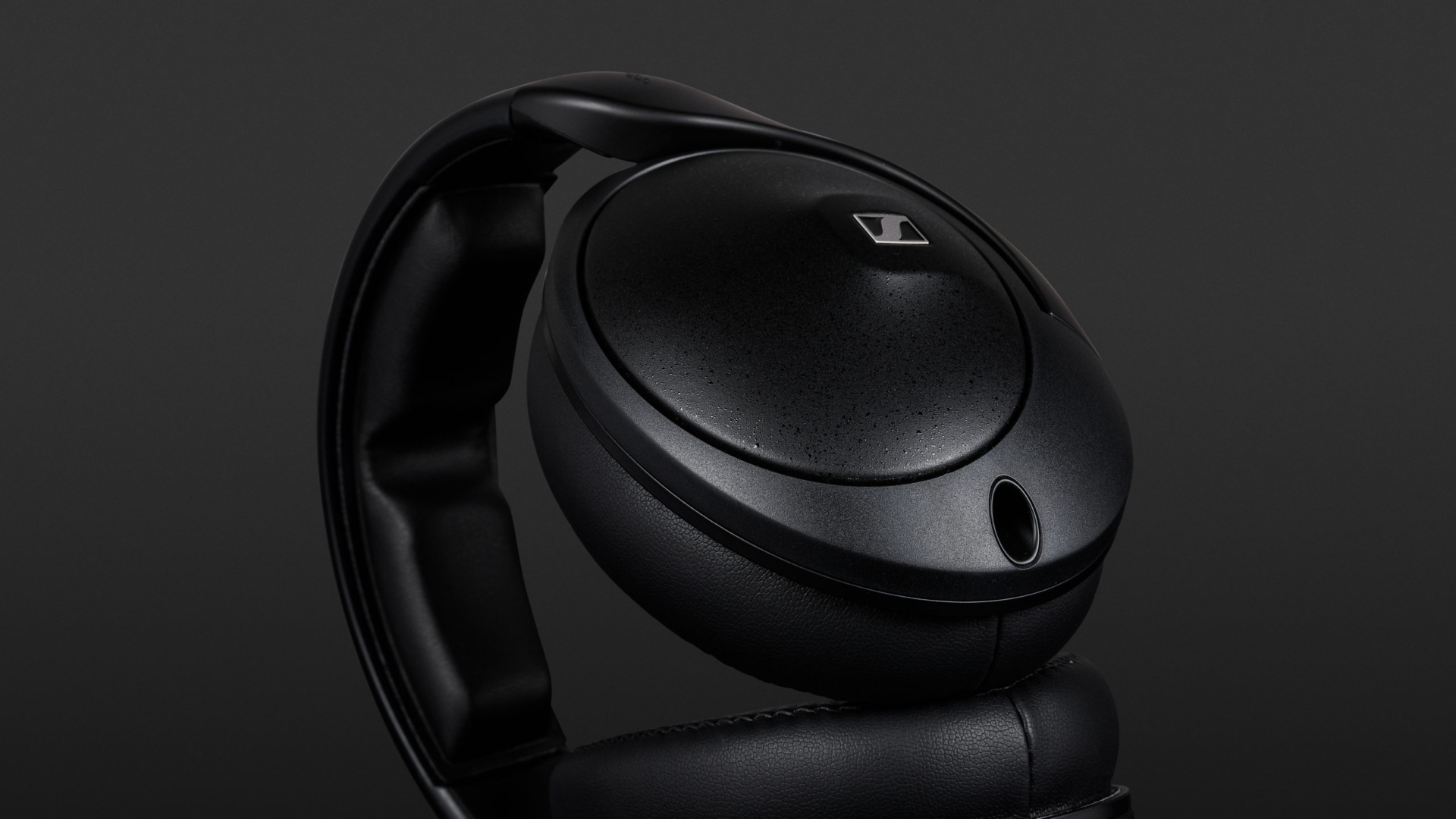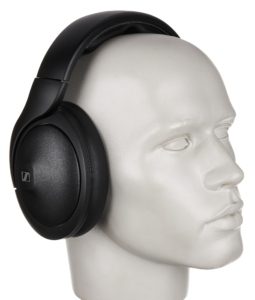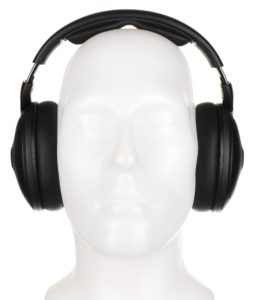Sennheiser manages to elicit an airy and surprisingly finely resolved, analytical sound image from the closed HD 620S over-ear headphones. Wearing comfort and workmanship meet the demands that can be placed on this established premium manufacturer. However, the slim tuning in the bass range is a matter of personal taste, and in my opinion, it is all too restrained, especially for listening to modern pop, EDM and urban music.
- Airy sound with fast response
- High wearing comfort
- Less suitable for mobile use
- Too slim tuning
With the HD 620S, Sennheiser is aiming at those who are looking for conventional, wired over-ear headphones. This is a closed, dynamic design that attempts to achieve the airy sound of an open system.

What do the Sennheiser HD 620S have to offer?
Sennheiser’s workmanship is recognisable on the exterior and in the feel of these headphones. They offer a pleasing, modern and neutral look in a subtle matt black that is rather unadorned. The well-padded headband is length-adjustable with a ratchet, while the sturdy earcups can be easily rotated and swivelled. The sturdy foam padding with an imitation leather cover is replaceable. The cable is routed on one side via plug-in with a screw-on 6.3mm jack adapter.
The built-in dynamic 42mm drivers work with a fairly open baffle so that by design, compression of the air volume by the returned sound is reduced, even if this cannot escape through the back. Furthermore, the drivers are mounted at an angle to follow the shape of the ear. They are fitted with an extremely lightweight aluminium coil, which ensures a fast response and results in fine resolution and spatiality. This is intended to resemble playback through loudspeakers.
The concept of the HD 620S is completely straightforward: The headphones are primarily intended for wired music enjoyment, which should be of high quality. The over-ear design and closed housing are intended to shield you from the outside world and intensify the intimacy of listening to music, watching films or playing games. However, I also see potential for use in the home studio for sound production and recordings, such as speech. Although the HD 620S are not intended for typical mobile use, they can also very well be used in combination with a DAP (overview) and for outdoor sound recordings.
The Sennheiser HD 620S in practice
The Sennheiser HD 620S have an impressive fit. The earcups sit on the ears without pressure, even over long periods of time, and mould to the shape of the head. However, if you wear glasses, you must be careful when adjusting them; otherwise, there will be pressure points around your temples. Contrary to expectations, the passive attenuation of external noise was only average, and I noticed a sensitivity to wind in mobile use. Conversely, the closed outer housing minimises the level of the reproduced sound source to the outside world – so you won’t disturb your family or the person sitting next to you, nor will any disturbing background noises end up on a microphone recording. On hot days, you can feel that the leather is imitation, and I tended to sweat more than with headphones that use fabric upholstery despite the breathable design.
How do the Sennheiser HD 620S sound?
Sennheiser claims to have given the HD 620S the sound of an open design. The manufacturer classifies these headphones in the tradition of the HD 500 and HD 600 open model series, and this model is also between these two in terms of price. Indeed, I would describe the dynamic design as airy and spacious. In terms of treble resolution, transient reproduction, stereo panorama and spatial imaging, the HD 620S delivered a really good performance for its price class, especially considering the closed housing. And fortunately, I didn’t notice any harshness.
The other general tuning is lean and articulate. Although the manufacturer’s measurement diagram shows a distinctly more powerful bass compared to the popular open HD 600, in practice, I still found the sound to be generally restrained in the lows and below average in the low bass range. The significantly more expensive HD 660S are definitely ahead when taken in direct comparison.
I liked the analytical detail resolution, the transparency and the fast response. This made it easy to understand the presence of voices, breathing noises and the subtle time deviations in doubled vocal tracks. Furthermore, I didn’t hear any distracting colouration in the mid-range, which didn’t sound emphatically warm or full-bodied but remained neutral and analytical. This meant that acoustic instruments and voices sounded natural throughout. These headphones also delivered the necessary proximity depending on the mix.
When sitting quietly at home, this tuning resulted in a detailed, defined sound image across the entire frequency spectrum; however, this could not keep up with the bass thrust of many competitor headphones. For a powerful sound reproduction, I had to turn the level up relatively high. The HD 620S ultimately sounded too weak in the bass, particularly with modern pop and EDM productions, while it did quite well with genres with acoustic instruments – from jazz and singer/songwriter tracks to classical music. From a sound engineering point of view, I would use these headphones for editing and voice recordings but less for representative evaluations of mixes. I would explicitly rate the slim tuning as a disadvantage for mobile use. When used with a Shanling M3X, I really missed the pressure and depth of other headphones.
Conclusion
The HD 620S are comfortable headphones with proven Sennheiser quality. The closed over-ear design is characterised by a transparent, fast sound image that is in line with Sennheiser’s own open models in this price range. However, the HD 620S are rather thin in the bass range, so their sound is, therefore, a question of taste and definitely not recommended for headphone users who like their sound fat.
Technical specifications
- Ear couplingOver-ear
- Typeclosed
- Transducer principledynamic
- Frequency response (headphones)6 - 30.000 Hz
- Impedance153,9 ohms
- Sound pressure level (SPL)98,6 dB
- Pressure averaged from big and small head830 g
- Weight with cable352 g
- Weight without cable320 g
- Cable length185 cm
What's in the box
- Cable with 3.5 mm plug
- 6.35 mm plug





















































